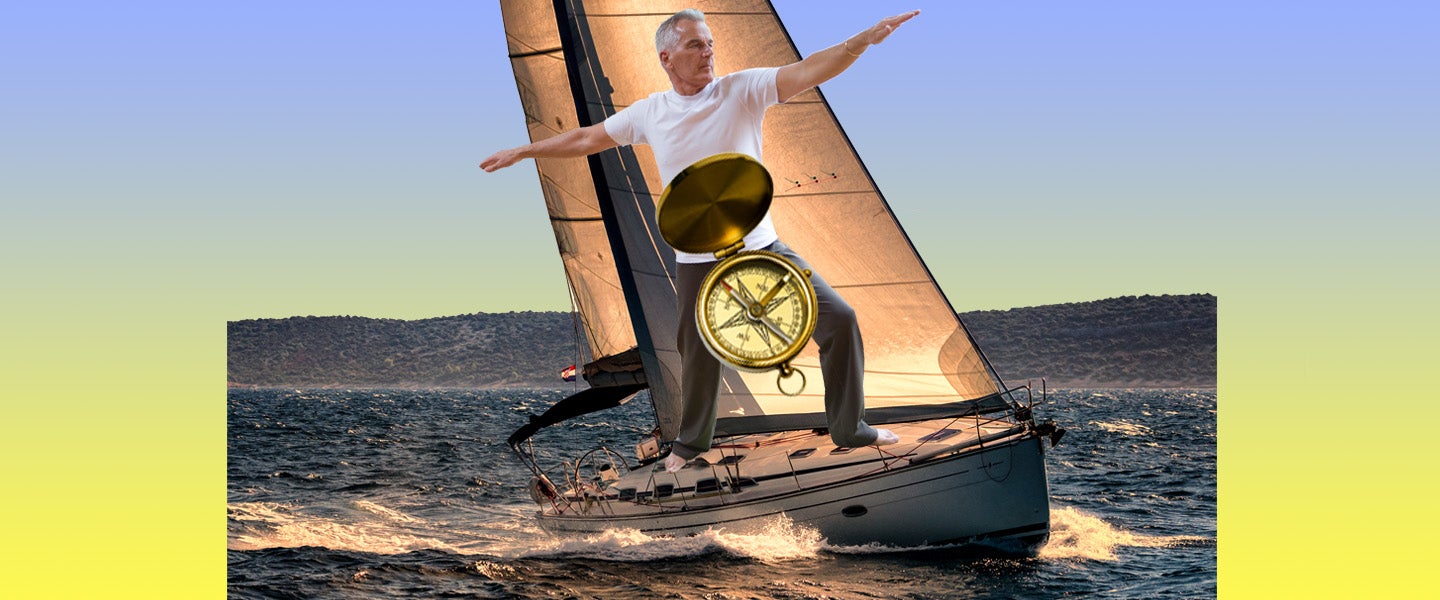As rumors swirl about Disney’s potential Moana sequel, perhaps it’s high time to point out the film’s historically inaccurate depiction of Polynesian navigation. That is, if Moana 2 wants to be accurate, we must see Maui standing spread-eagle on his canoe, using his dangling testicles to read disturbances in the waves.
It’s called “testicular navigation,” and according to David Barrie, author of Sextant: A Voyage Guided by the Stars and the Men Who Mapped the World’s Oceans, “it’s something that takes a great deal of practice to do — and it’s slightly mysterious — but there’s no question some of the early Pacific Island explorers did it.”

Notably, the testicles were just the tip of the Polynesian navigational iceberg. “The Western world assumed the ocean was random and mapped their grid onto it. But Polynesians never assumed that, and instead, they learned to read all the data the ocean gave them,” says astronomer and Polynesian navigation historian Harriet Witt. “We’re talking about a huge difference in the perception of reality here.”
Per Witt, Polynesian explorers would get information “from how the ocean water tasted, from the types of seaweed, driftwood and birds around them, the ripple patterns on the water, and of course, from memorizing positions of the stars in the sky.” Witt adds that they’d even keep pigs in their boats, “because the pig could smell land long before humans could see it.”

And yet, all of that data was still insufficient. “And the reason it’s not sufficient,” Witt explains, “is because it didn’t give them insight into something happening way below the surface of the ocean.”
For that, they needed to track long, slow wave patterns called swells. “The human eye can’t detect swells because they’re so big, and they travel one after another, in very consistent rakes across thousands and thousands of miles of ocean,” Witt says. “They’re very deep and powerful so you have to keep track of them or you’ll get lost.”
When these swells hit an island, smaller waves reflect back out, like sonar. As such, “vibrations come up through the bottom of the canoe, where the men would be seated cross-legged and not wearing much clothing,” Witt explains. “Testicles being the way they are, they feel vibrations far better than something like your knees or even your bum would as if they were specifically engineered to do so.”

Barrie’s heard a similar tale, though some of the details differ. “The story is that these guys would be wearing just like a kilt,” he tells me. “Nothing underneath. And they’d stand on the deck of these small voyaging canoes bouncing up and down with their legs apart, feeling the movements of their testicles and using this to help them interpret the underlying wave.”
Either way, by tingling with what was happening underneath the surface, the Polynesian seamen could detect land far off in the distance and perhaps invisible to the naked eye. They could also, Barrie says, “work out roughly which direction it was in, and use it as a compass. It was pretty amazing.”
“So yes, it takes balls to be a navigator,” Witt concludes. “But what’s really important is the fact that they were — and still are — capable of navigating without maps and technology, something we in the West have become so dependent on.”
Which, of course, is plain nuts.

